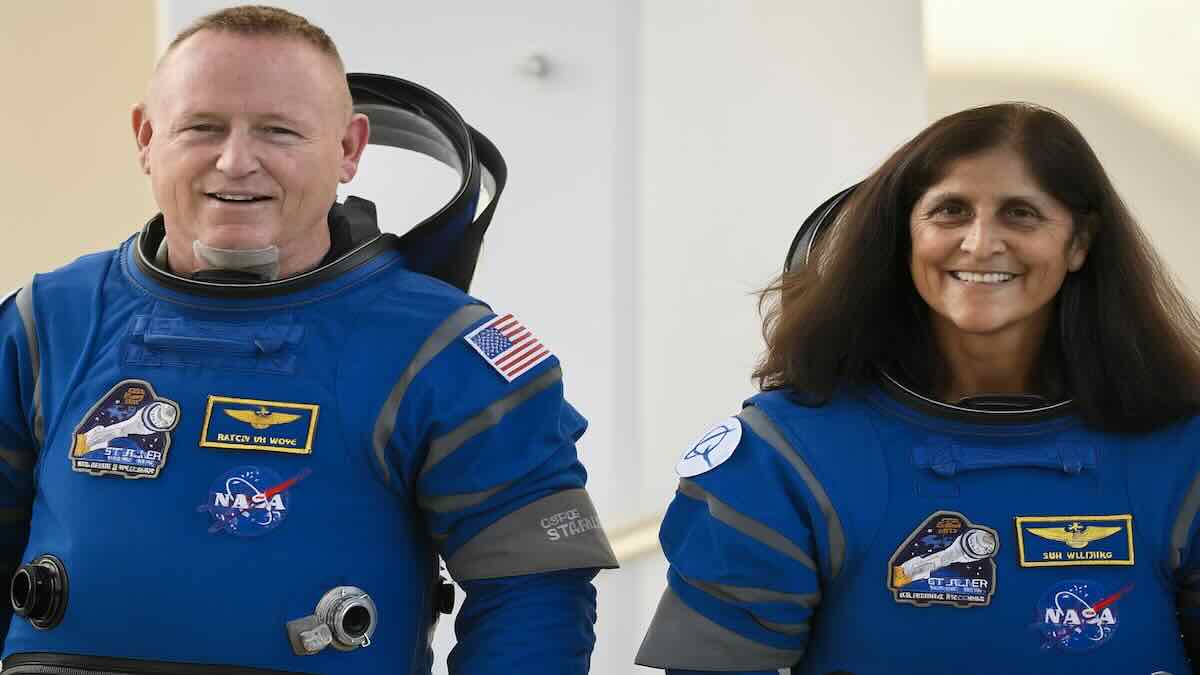Nine months off-planet rewires the body, so coming home is not a single moment but a staged recovery. In microgravity, astronauts lose strength, balance, and bone, while fluids shift and vision can blur. Back on Earth, gravity demands quick adjustments that feel slow. Each phase matters because safe travel depends on it, and future deep-space plans rely on lessons learned without revealing more than the title suggests.
What nine months in microgravity do to astronauts
Muscles shrink because they no longer support body weight, so daily effort on orbit still cannot replace constant load. Bone resorption accelerates and, according to flight medicine teams, crew members can lose about 1% of bone mass each month. That loss raises fracture risk after landing, while joints feel unfamiliar under load again.
Fluids drift toward the head, which puffs faces, lightens legs, and changes intracranial pressure.
The heart, freed from pumping uphill, deconditions; stroke volume falls, so standing later can cause lightheadedness. The vestibular system recalibrates in microgravity, which distorts balance and eye-head coordination upon return. Some travelers report blurred vision tied to spaceflight-associated neuro-ocular changes.
Sleep cycles also wobble because station lighting and operations stretch days. All of this stacks, so readjustment needs structure, consistent countermeasures, and careful monitoring once wheels stop.
First 72 hours back: gravity shock and balance
Touchdown starts the hardest short window because gravity returns while reflexes hesitate. Medical teams stabilize landing fluids with rehydration, salt intake, and gentle mobilization so astronauts can stand without fainting. Nausea, vertigo, and “room tilt” show up as the inner ear relearns up from down. Simple tasks—walking straight, turning quickly, or descending stairs—suddenly demand concentration, which drains energy during the earliest days.
Therapists test stance, gait, and eye-tracking while pilots and mission leaders pace activity. Because cardiovascular strain spikes when sitting up or standing, crews move in short bouts, then rest, then try again. Trainers emphasize safe posture and deliberate foot placement so missteps do not become injuries.
Specialists also screen vision and headaches while watching for orthostatic intolerance. With steady practice inside this window, confidence returns as the brain trusts signals again.
How astronauts rebuild strength and coordination in weeks one to four
Reconditioning then accelerates because structured exercise restores force production and control. Programs blend resistance work for legs, hips, and back with cycling or treadmill intervals that raise heart capacity. Coaches favor progressive loading, so tissue adapts without setbacks. Balance boards and agility drills retrain proprioception while task-based movement—carrying loads, stepping laterally, crouching—rebuilds daily competence and safety outside labs.
Nutrition supports repair with protein targets, calcium, and vitamin D, while hydration remains intentional because plasma volume still lags. Flight surgeons track sleep quality, mood, and reaction time because cognition influences coordination.
Teams set functional milestones, like a stable single-leg stance or a symptom-free brisk walk, so progress stays visible. Debriefs weave in personal notes from time on orbit, which keep motivation high and make training feel purposeful in the first month.
Cardiovascular and bone recovery across months one to three
As weeks pass, the heart remodels under gravity, so endurance sessions lengthen while intensity rises on schedule. Clinicians test blood pressure control during standing because baroreflex sensitivity must normalize for daily life. At the same time, bone targets shift toward impact and heavier lifts because mechanical strain stimulates formation. Gains arrive slowly because tissue remodeling trails effort, and astronauts need patience even when muscles feel ready.
Vision and balance continue to settle as the vestibulo-ocular reflex stabilizes. Work duties expand, yet medical checks stay frequent so setbacks do not snowball.
Teams review imaging, blood markers, and performance tests with the crew, which keeps adjustments grounded in evidence. Because fatigue hides in good days, coaches alternate load and recovery strategically. By the end of this window, most daily functions feel natural again under Earth’s constant pull.
Lessons from Starliner delays for long-stay crews and agencies
The nine-month stay of NASA travelers Suni Williams and Butch Wilmore—extended by Boeing Starliner issues—spotlights planning for uncertainty. Agencies now map flexible rehab timelines because return dates can stretch, while astronauts may land fitter in some areas and deconditioned in others. That variation demands individualized protocols, not templates.
Mission control also feeds rehab with flight logs so trainers see habits that shaped post-flight needs. Beyond six months, clinicians keep watching bone density, heart health, and vision because residual changes can linger.
Some effects fade; others plateau and become baselines for future missions. Operations teams fold these insights into Mars-class scenarios where gravity transitions happen twice. Hardware designers, in turn, refine countermeasures on orbit so the road home shortens later. The goal stays simple: faster, safer recovery that protects performance and long-term wellbeing.
Why recovery plans decide the success of future missions
Coming home is a phased rebuild, and timelines vary while the framework holds. The first 72 hours challenge balance and blood flow; the first month restores coordination; the first three months consolidate heart and bone.
Long after headlines fade, astronauts still track metrics, adapt training, and protect eyesight. Because exploration depends on people, robust reconditioning becomes mission-critical, and each flight writes a better manual for the next.
